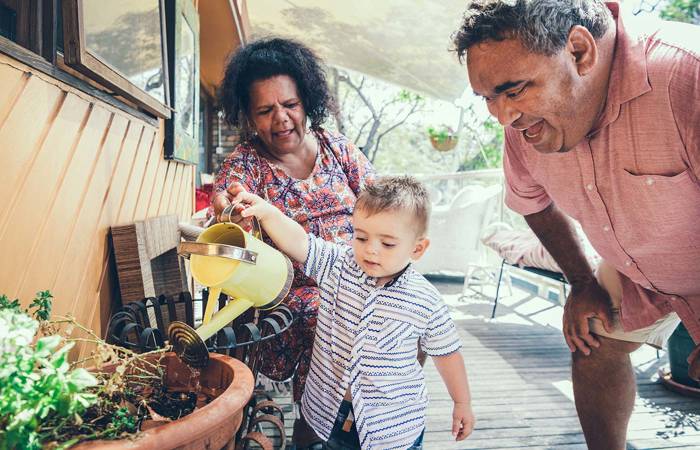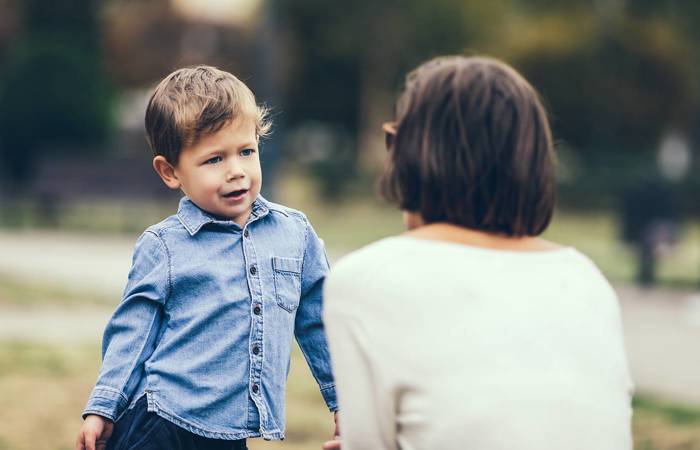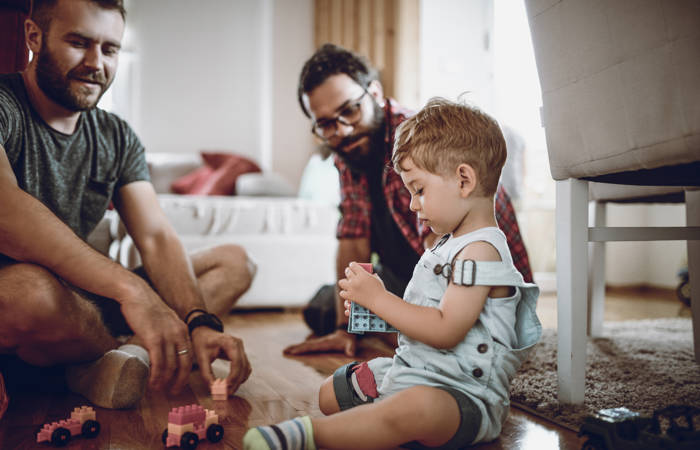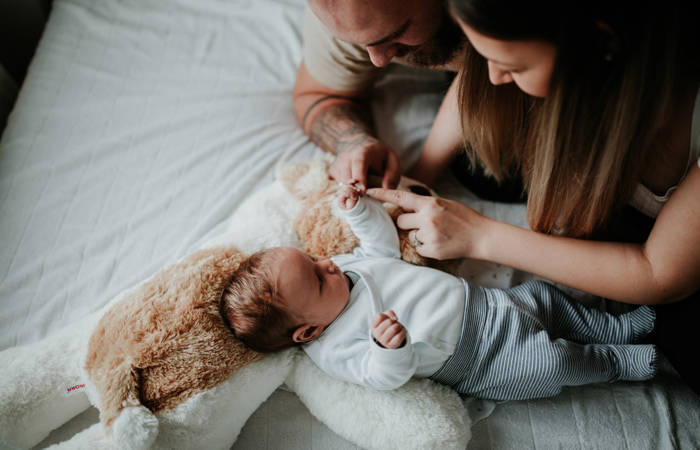Like what you see?
Sign up to receive more free parenting advice.
Thank you for subscribing to our newsletter!
Child Development
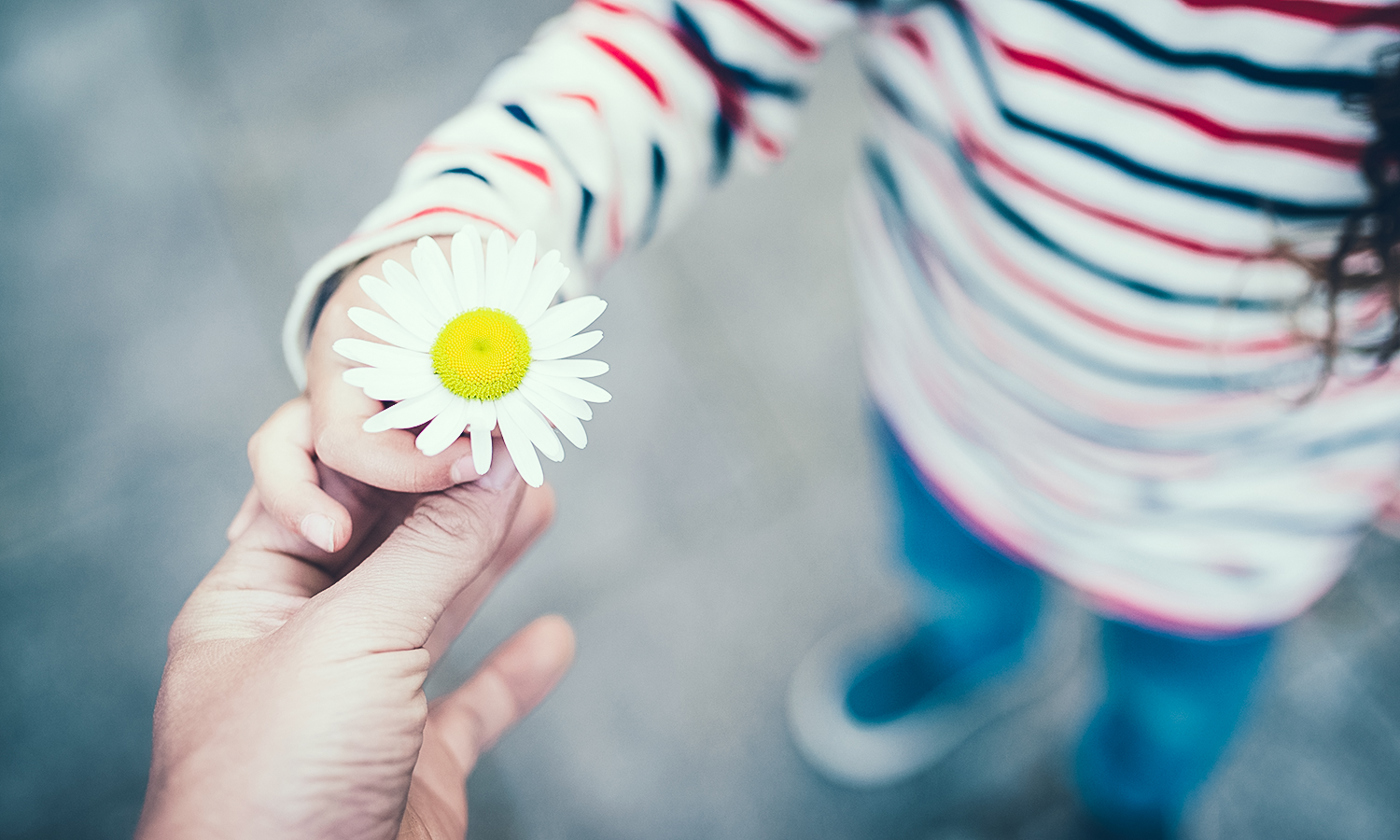
Credit: iStock.com/Hakase_
When asked what they want most out of life for their children, parents often say they want them to be happy and successful, but more recently there has been a focus on raising children who understand the importance of kindness.
“This focus is a direct reflection of the world we live in,” says Rachel Tomlinson, Registered Psychologist and author of Teaching Kids to be Kind.
“At times we can be confronted with conflict, distress and an overwhelming pain about the state of the world, so we often look into our own lives for clarity and to make change.
“We all hope for the best for our children and are driven to see them become good people.”
Kindness is its own reward, but it has other benefits.
“Kind children experience a better sense of self-esteem because they see the positive impact of their behaviours and actions towards others,” she says.
“They are more likely to experience better physical and mental health.
“When we are kind, hormones are released in the brain which protect heart health, reduce stress and increase positive feelings.
“Children also experience more fulfilling and healthy relationships with those around them because they are socially aware and can empathise with others.”
A 2012 Canadian study of nine to 11-year-olds found that those students who regularly performed kind acts were, not only more socially acceptable to their peers, but their actions benefited their entire class as the students were more likely to be inclusive and less likely to bully each other.
“The effects of kindness help set our children up in good stead to be successful and happy adults,” adds Rachel.
Children learn to be kind, not only by receiving kindness, but by experiencing the warmth and satisfaction of offering kindness and compassion to others.Rachel Tomlinson
Stay up to date with the latest news and articles from First Five Years
Thank you for subscribing to our newsletter!
What is kindness?
“Kindness refers to the behaviours toward others that are compassionate, genuine and require the ability to empathise, which is the ability to understand the emotional experiences and responses of another person,” says Rachel.
“Behaviours that are considered kind are often centred on consideration for others and being able to understand and meet another person’s needs.”
In 2015 and 2016 researchers assessed how children perceived kindness.
Expressed through drawings, children typically perceived kindness as physically helping others, maintaining friendships, showing respect and helping each other emotionally.
Rachel points out that kindness should not be confused with being nice.
She explains that being nice is more about how other people see you, whereas being kind is how you feel about yourself.
“Genuine kindness is all about being kind because you want to, not because you have to or you are getting some kind of reward for it,” she says.
How do you teach kindness?
“Children learn to be kind, not only by receiving kindness, but by experiencing the warmth and satisfaction of offering kindness and compassion to others,” explains Rachel.
Within her book, Rachel explores five strategies on how parents and caregivers can demonstrate kindness, as well as how they can set up opportunities for their children to be kind.
“The five strategies focus on: modelling (walking the walk), language use and development (talking the talk), reinforcing behaviours, emotional regulation (self-managing their emotions and distress) and expanding their circle of concern to notice others,” she says.
“Within the book, each of these areas are explored in more detail with corresponding practical tips and activities to explore with children.”
Rachel recognises that it can be tough to get children to consider other’s needs.
“It’s not because they are bad children, but because when they are young, they can be very egocentric and focused on themselves,” she says.
“In order to teach our children to be kind we have to get away from rewarding behaviour in traditional ways.
“This counteracts the message because children are only being kind to get something out of it, not because they actually wanted to be kind towards another.
“We need to set up age appropriate opportunities for our children to start learning about and considering other people’s experiences and emotions.
“If they can clearly understand this, then it’s easy to encourage them to wonder and be curious about how to start acting kindly.
“I really think lots of discussions about noticing other people and also modelling kindness to your children are important.”
Rachel Tomlinson’s top tips to teaching kindness:
1/ Teach your children to name and understand their emotions.
- By naming their emotional experience, they will be less frustrated or anxious about strong feelings and will cope better with distress.
- This skill also forms the early ability to empathise. If they understand where emotions come from and how they feel, they will start to be able to identify them in others.
2/ Create opportunities to show interest in other people.
- Ask questions about what people or characters are doing while watching television together or reading a book or sitting in the park people-watching.
- Can they identify other people’s feelings or needs based on what they see?
- This builds great skills in being able to empathise.
3/ Volunteer or arrange ways to give back to your community.
- Contributing to an appeal, donating old clothes to a local charity, taking old blankets to an animal rescue centre are all ways to expand your child’s circle of concern beyond your family.
- Explain to your child why you are donating or caring about others, ask them what it might feel like to be on the receiving end of such kindness and how does it feel to be kind to others.
- This really cements the learning and gets them thinking about what it means to be a kind person.


